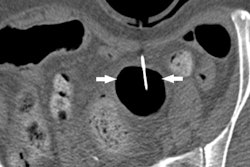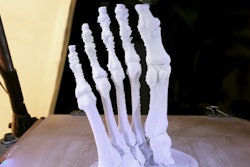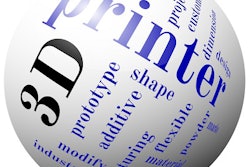
The U.S. Food and Drug Administration (FDA) has published an online consumer update and video explaining its role in the growing medical 3D printing segment. The agency's role boils down to the three R's: regulation, research, and resources.
Multiple uses, FDA oversight
In addition to 3D models used for surgery and education, 3D printing encompasses devices that can be fabricated to match patient anatomy -- for example, a cranial replacement plate -- as well as 3D bioprinting for printing cells and biological materials. All of these applications are regulated by the FDA, the video notes.
"3D-printed devices go through the same high-quality review that devices made by other methods go through," according to the video. "That's why FDA researchers are working with universities, industry, and other collaborators to understand these kinds of technologies. They want to understand how the printing processes affect the device, how the materials that go into it affect the device, and how this can affect the review: the safety and effectiveness of a medical product that gets to a consumer. This maintains the high quality of medical products that Americans have come to expect from approved devices."
Bioprinting on the horizon
3D bioprinting uses the same technologies as other types of 3D printing, but instead of just printing plastics, bioprinting enables the production of cells and other biological materials.
"We're a long way off from having a kidney, or a heart, or something very complex like that, but university labs and industry R&D teams are working very hard and collaborating with the FDA to understand these technologies and help develop them and foster innovation," the video states.
Resources for business
Along with regulation and research, the FDA has resources for small business owners and others looking to get involved in 3D printing, according to the agency. Another push from the FDA is taking place in the standardization of 3D processes and techniques.
The update and video can be accessed here.



















